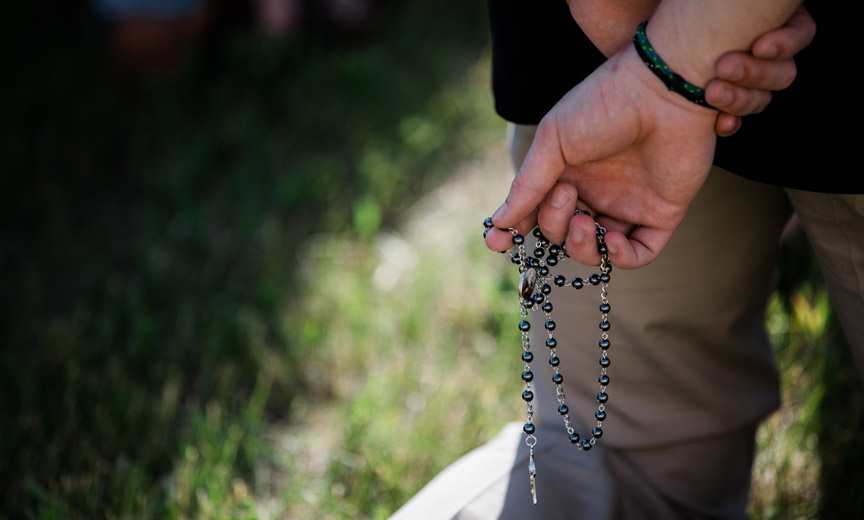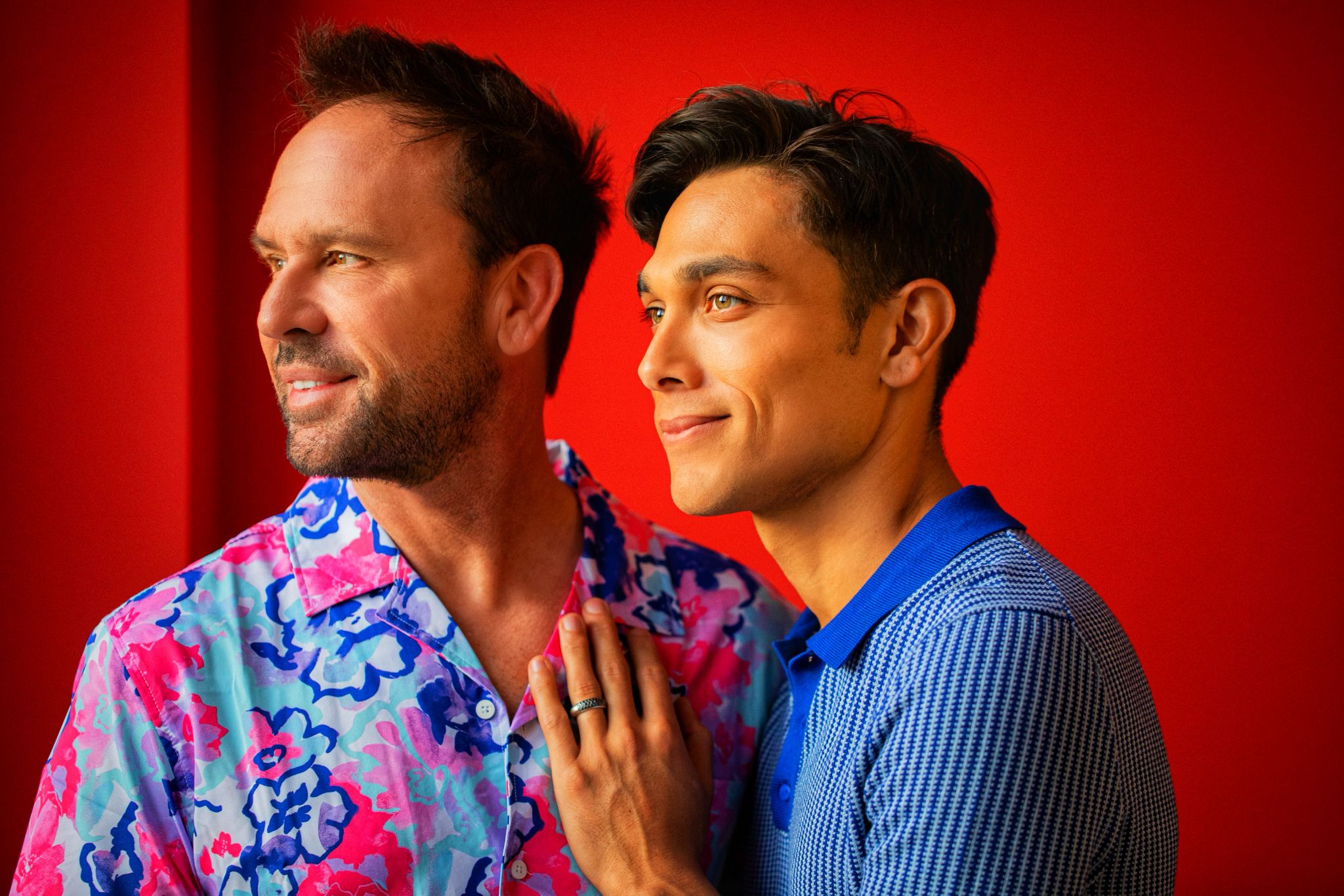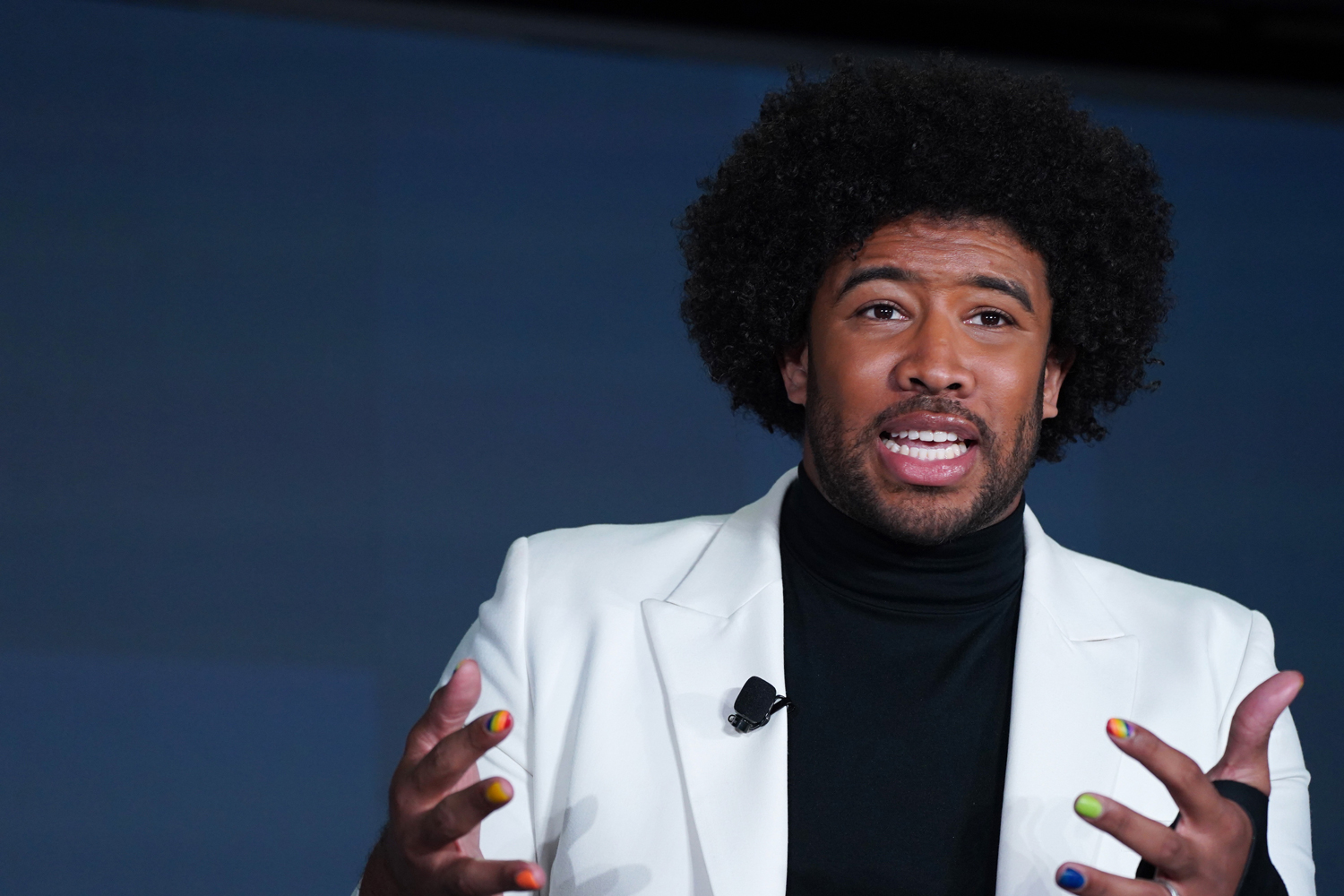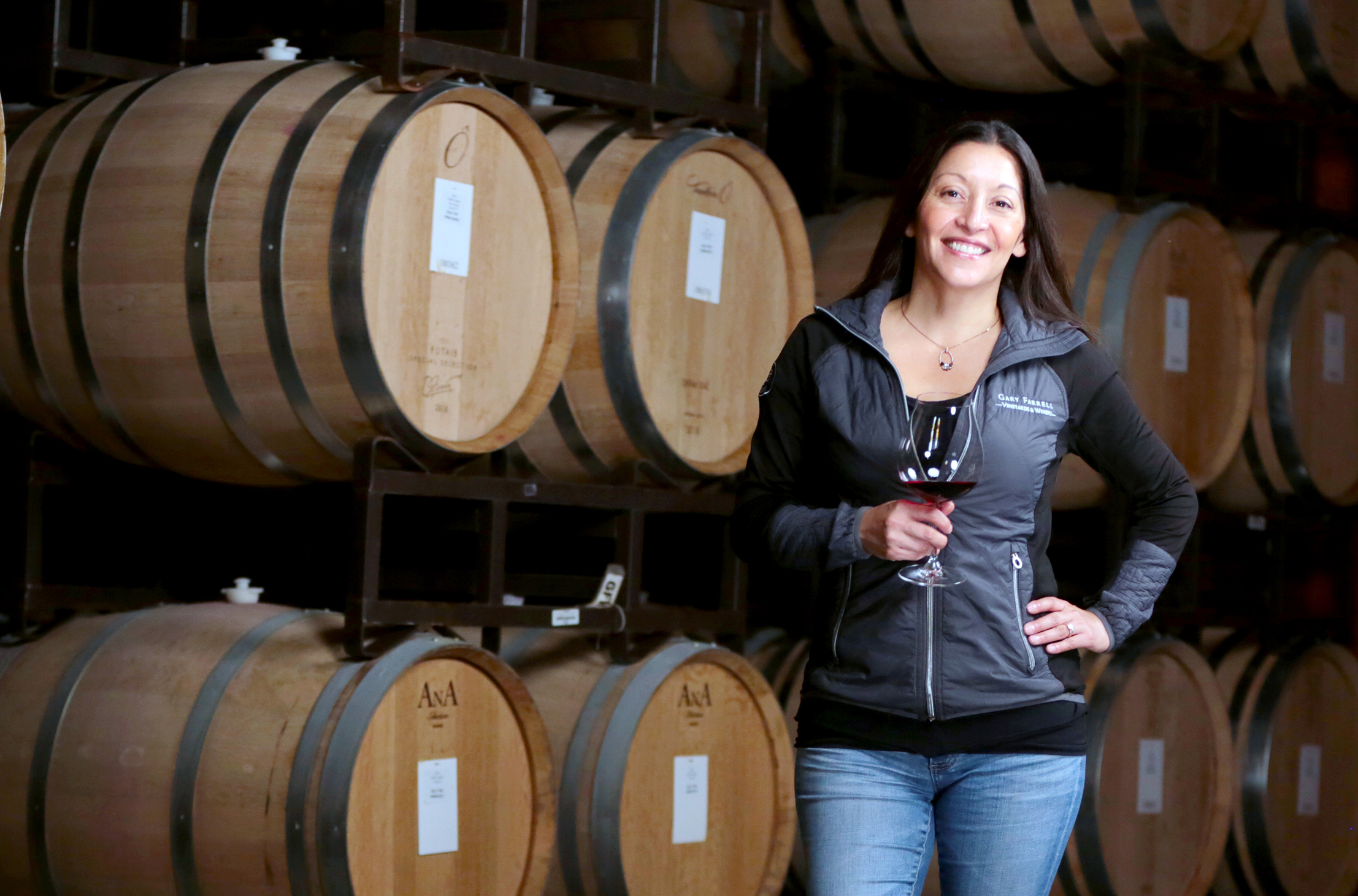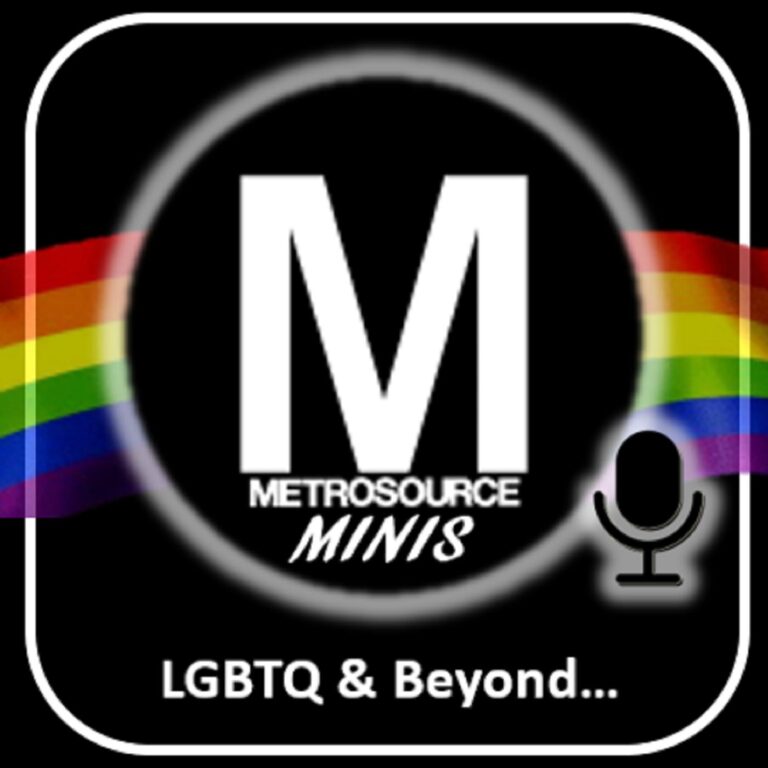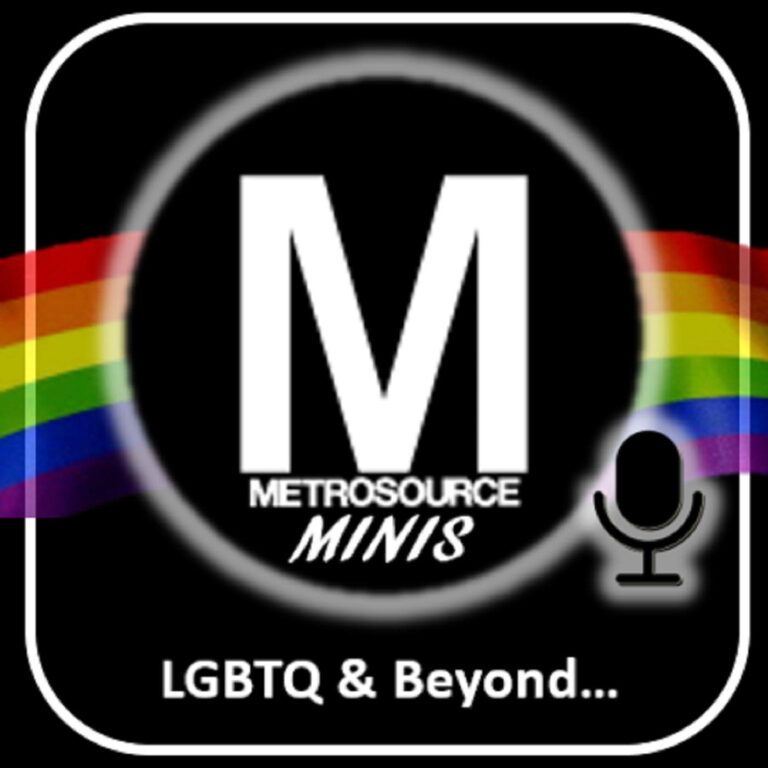Catholic and other religious college campuses walk a fine line when attempting to embrace LGBTQ students because their founding dogma stands opposed to current social norms.
Making Decisions
In our current political climate, college campuses are finding themselves with an increased queer presence – from events and clubs directly catering to the community to more resources for LGBTQ students provided by the institution itself. However, at the same time, Catholic and other religious campuses are struggling to embrace and uplift their LGBTQ students.
In 2015 when I made my college decision, it largely came down to one simple factor: the LGBTQ community’s presence on its campus. I was deciding between two major Catholic colleges in the northeast, Seton Hall and Manhattan College. The colleges seemed similarly matched in overall academics, amenities and social scenes. Both are also located close to the “queer mecca” of New York City. Why did I ended up committing to Manhattan College? A campus LGBTQ club was the first result in a google search.
More Content from MetrosourceNot All Catholic Universities Treat LGBTQ Issues Equally
Catholic doctrine often prevents school communities from fully embracing their queer sisters and brothers. In recent years there has been a wave of anti-LGBTQ action by Catholic Colleges. A pro-LGBTQ priest was fired at Seton Hall. This resulted in a petition to reinstate him by the ALLIES club.
On the upside, another major Catholic College in the area, Fordham University, has been a recent public supporter of its LGBTQ community. The Catholic University has a web page dedicated to LGBT! resources and a support network. Also, in 2017 the school rejected hosting a Chick-Fil-A on its campus related to backlash against its anti-LGBTQ stance.
How Far Can Catholic Campuses Go to Embrace LGBTQ Students?
My experience at Manhattan College as the President of its LGBTQ Student Group has truly been an interesting one. At first glance, the college’s Catholic identity might seem like it would be a roadblock. On the contrary, the group has found great support from both the local church and the college administration. The group was originally formed in 2014 but continues to grow with each year. Moreover, I believe the real challenge now comes not from the administration but interaction with the student body.
Although Manhattan College is located in New York City, a place known for its diversity, many of the school’s student body have had little interaction with the LGBTQ community. If they have, it’s usually through social media or some form of entertainment.
This prompts a larger question: How can we combat such ignorance? The answer is increasing the visibility of the queer community on Catholic campuses.
We’re Here, We’re Queer, Get Used to It
Increasing our visibility on campus is one of the main reasons I got involved in my college LGBTQ group. Although there was this queer space on campus, it was in the shadows and student interest had died down. When the club was founded, it was student action and vigor that got the administration’s attention and ensured its approval.
I knew our community was present on campus. And I believed if the group was brought back to the student body’s attention, it could improve the lives of both queer people on campus and the population. The only way to improve everyone’s lives is to directly confront homophobia. Meaningful interaction between the community and student population is the way to accomplish this.
In the last decade or so Catholic college campuses have seen serious growth in uplifting their LGBTQ students. However, there is still room for improvement. At the end of the day, all that we LGBTQ students want is to be a part of the campus like everyone else. Increasing student visibility puts us on the path towards success.
Interested in the intersection of Catholicism and the LGBTQ community? Read about the verbal abuse one man received from a priest.
Last modified: April 2, 2019

